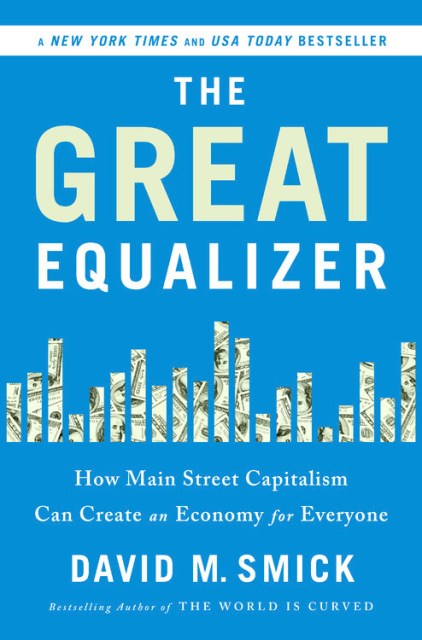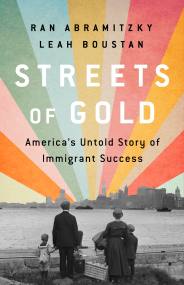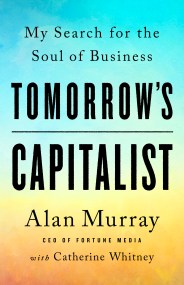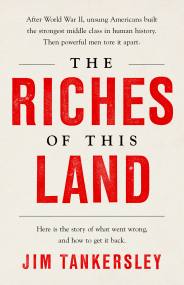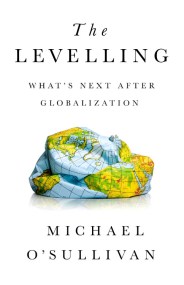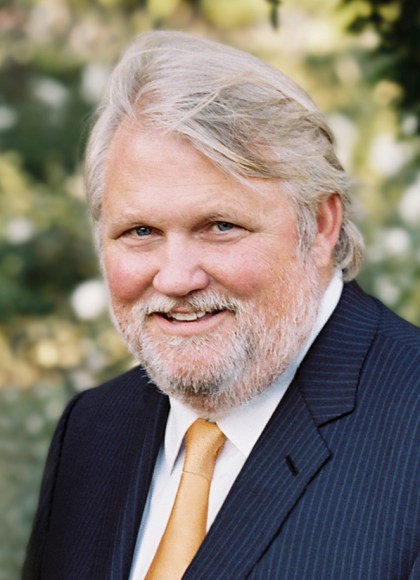Promotion
Use code MOM24 for 20% off site wide + free shipping over $45
The Great Equalizer
How Main Street Capitalism Can Create an Economy for Everyone
Contributors
By David Smick
Formats and Prices
Price
$27.99Price
$36.50 CADFormat
Format:
- Hardcover $27.99 $36.50 CAD
- ebook $18.99 $24.99 CAD
- Audiobook Download (Unabridged)
This item is a preorder. Your payment method will be charged immediately, and the product is expected to ship on or around January 10, 2017. This date is subject to change due to shipping delays beyond our control.
Also available from:
In recent decades, a Corporate Capitalism of top down mismanagement and backroom deal-making has smothered America’s innovative spirit. Policy now favors the big, the corporate, and the status quo at the expense of the small, the inventive, and the entrepreneurial. The result is that working and middle class Americans have seen their incomes flat-lining and their American Dreams slipping away. In response, Smick calls for the great equalizer, a Main Street Capitalism of mass small-business startups and bottom-up innovation, all unfolding on a level playing field. Introducing a fourteen-point plan of bipartisan reforms for unleashing America’s creativity and confidence, his forward-thinking book describes a new climate of dynamism where every man and woman is a potential entrepreneur-especially those at the bottom rungs of the economic ladder.
Ultimately, Smick argues, economies are more than statistical measurements of supply and demand, economic output, and rates of return. Economies are people-their hopes, fears, dreams, and expectations. The Great Equalizer is a call for a set of new paradigms that inspire and empower average American people to reimagine and reboot their economy. It is a manifesto asserting that, with a new kind of economic policy, America’s best days lie ahead.
Genre:
- On Sale
- Jan 10, 2017
- Page Count
- 272 pages
- Publisher
- PublicAffairs
- ISBN-13
- 9781610397841
Newsletter Signup
By clicking ‘Sign Up,’ I acknowledge that I have read and agree to Hachette Book Group’s Privacy Policy and Terms of Use
